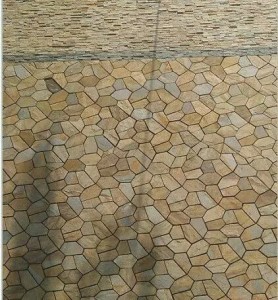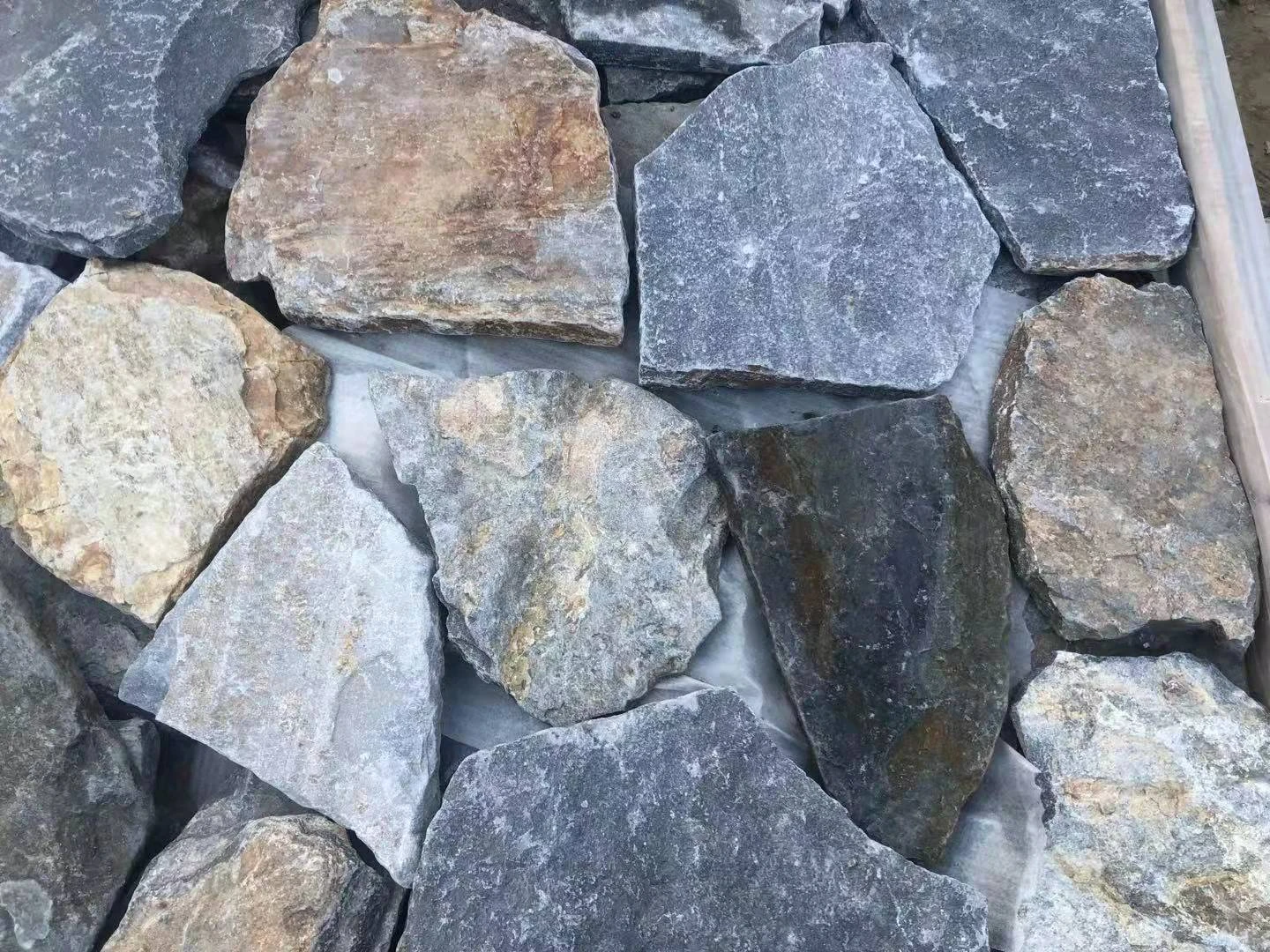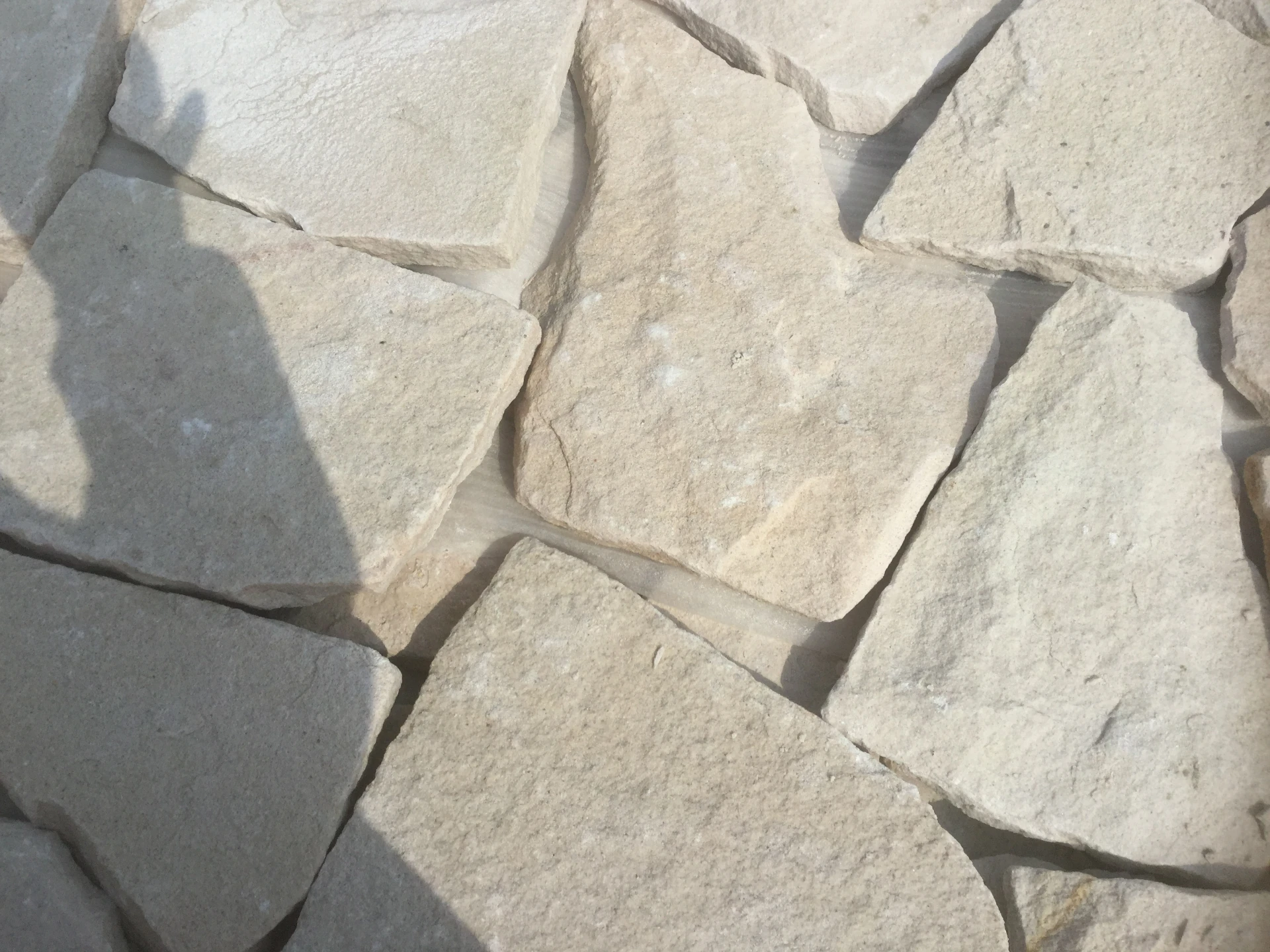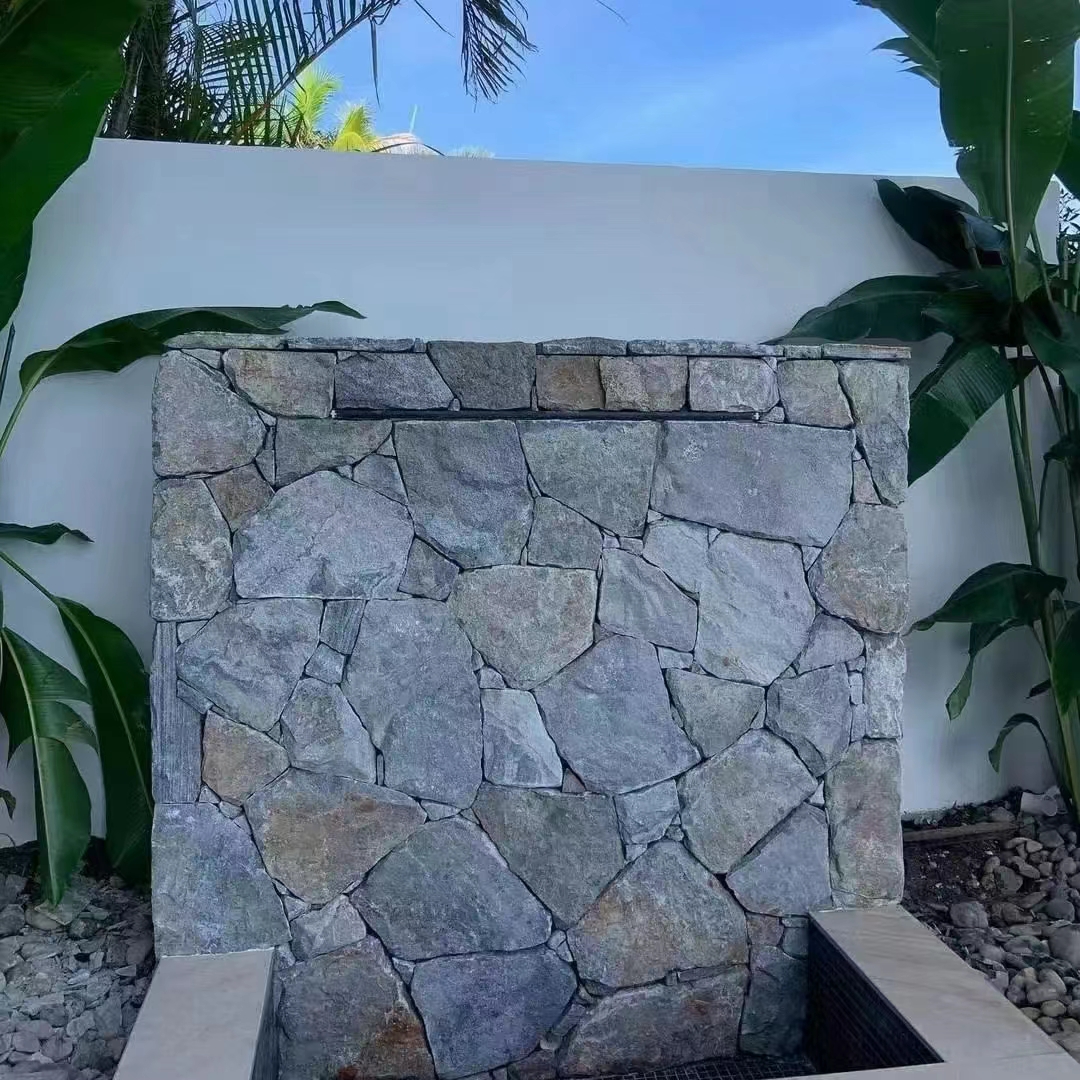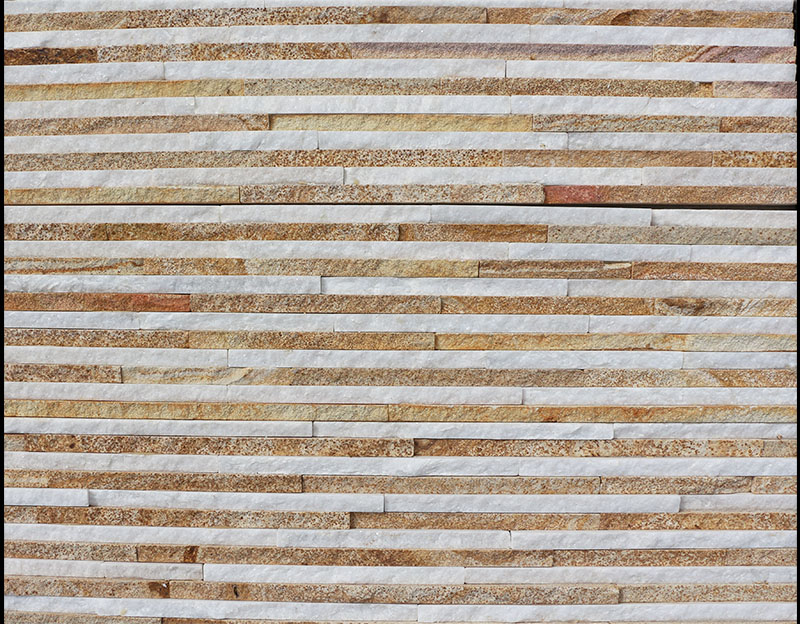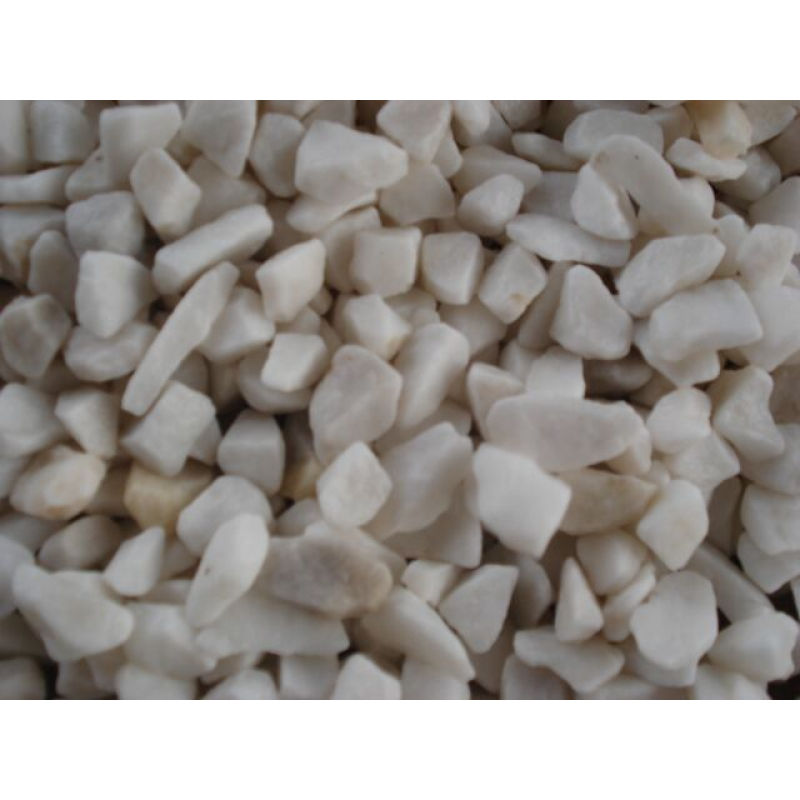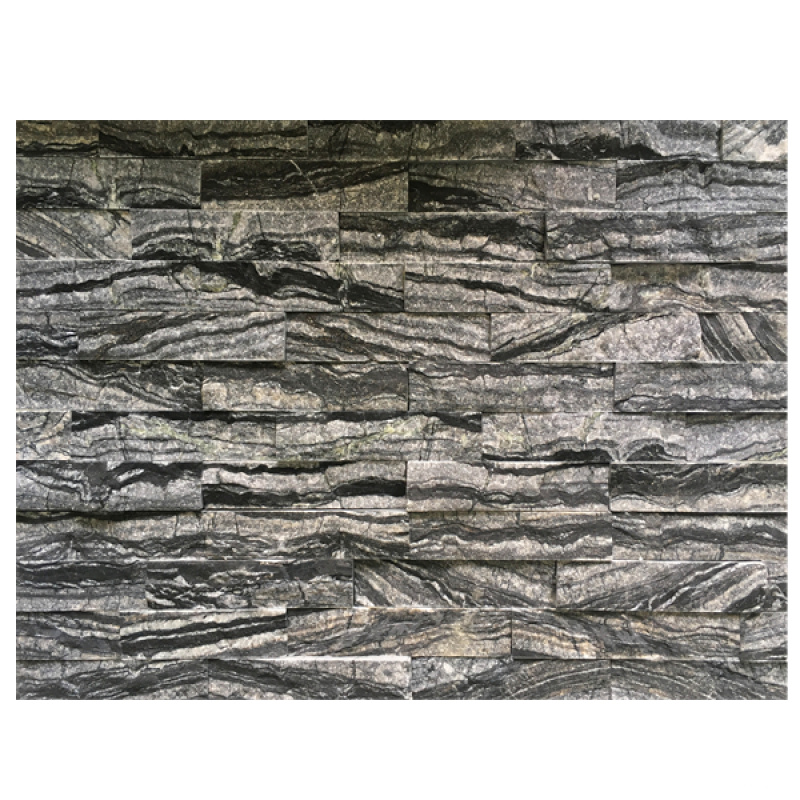
Does a perfect flooring material exist? Is there one that’s stood the test of time, is long-lasting, easy to maintain, beautiful, unique, versatile and also adds resale value to your home? Well, the argument that nothing is perfect may be valid. Stone flooring, however, just maybe close enough to blur the line. The more likely question is which one is best for you? Find out here in our stone flooring buying guide.
What Is Stone Flooring?
Stone flooring is natural rock that’s been quarried from the earth and has been prepared for use as a floor. Most stone flooring comes in tile form and is installed in much the same way as porcelain or ceramic tile. It’s been around for as long as buildings have existed.
Although often used as a bathroom or kitchen flooring material, stone flooring is also popular for use in dining rooms and laundry rooms. It’s certainly not limited to those applications though. Any room in your house can benefit from the addition of a stone floor. You’re likely familiar with stone floors in commercial buildings and for use in outdoor patio floors as well.
Types of Stone Flooring
All types of stone flooring begin as natural quarried stone. Some types are simply cut, finished and installed, while others are mixed with resins or other materials before they’re ready to be used. All types are available in a myriad of tile sizes and have their own unique characteristics. A few are also sold as mosaics, slabs or even poured installations.
Stone Flooring Factors To Consider
Before making this potentially expensive decision, there are a few things to ponder. The first consideration is that a stone floor is designed to last a long time. If you’re a person who likes to change carpet floor colors often, be certain the stone floor you choose is something you can live with long term. The following are other factors to consider as you make your decision.
Structural Requirements
Simply put, stone floors are heavy. Older homes may need reinforcement of undersized floor joists to properly support the additional weight. All homes will need sufficient subfloor thickness and will likely need the addition of appropriate underlayment material. It’s a good idea to understand what additional costs you may have to endure well before installation begins.
মধু সোনার স্লেট প্যাভিং ম্যাট
Usage
One thing that sets stone floors apart from other flooring materials is their multitude of available types and styles. Each type has its own set of strengths and weaknesses. All types of stone floors can be installed in wet locations. Some of them are better adapted for this than others, though. Others are less prone to scratching and wear damage. Still, others require more or less care depending on what conditions they’re subjected to.
Consider the intended location of your stone floor and what abuses it’ll have to contend with. Find a material that balances needed strength with the desired appearance.
রক্ষণাবেক্ষণ
The majority of stone floor types will require some maintenance. All of them are at least somewhat vulnerable to staining. Some can be damaged by water intrusion. Sedimentary types tend to be porous and need the most protection by way of periodic sealer applications.
Less porous stones, such as igneous and composite types, may require little sealing, or come with factory-applied sealant. Using harsh chemicals to clean stone floors isn’t recommended. Knowing what maintenance will be required for your new floor will eliminate surprises.
Finish
There are several finish options to choose from. A stone floor’s finish plays a major role in its appearance, texture, appropriate use and cost. The type of material and its usage will determine which finishes are appropriate for your floor. Polished, honed, refined, brushed and natural are commonly applied sheens. In general, more polished finishes will have higher price tags than their lesser polished counterparts.
Warranty
Only rarely are defects found that require warranty replacement. Manufacturers tend to offer long material warranties, confident they won’t be necessary. It’s good practice, though, to pay attention to warranties for workmanship offered by installation contractors. Check the fine print. Comprehensive and detailed coverage is more important than a long warranty with limited protections.
Stone Flooring Costs By Type
Stone floor installations can be divided into three fairly distinct price tiers from low to high. Keep in mind that the cost of stone tile installation listed here doesn’t include demolition of existing flooring materials, preparation of subfloors or reinforcement, if needed. Any sealing labor and materials will be an extra charge as well if you opt to have them applied by the installer. As always, be sure to shop around for installation quotes.
*Seamless poured terrazzo floors can exceed this amount.
How To Choose The Right Stone Flooring for You
Price
Installation cost of stone flooring varies greatly. The final price will depend on needed preparation, material, finish, size of the space and the tile size used. Keeping in mind future maintenance costs, decide on a price point first. You’re sure to find a beautiful stone floor to match your budget and meet your needs.
স্থায়িত্ব
All stone floors are considered durable. However, some will show signs of wear faster than others, and some are more prone to staining. Deciding the level of durability you need may determine which materials you choose from. Will your floor experience high traffic, spills, children’s toys or dog claws?
রক্ষণাবেক্ষণ
Maintenance amounts vary between types and finishes of floors. Balance maintenance needs against appearance desires. For example, a highly polished marble floor might require more maintenance compared to a low lustre slate patio.
Resale Value
If you’re not living in the last home you want to own, resale value may play a role in your flooring decisions. Generally, stone flooring increases a home’s value. Some stone materials show a greater return than others. Consider the housing market where you live. In some places, a smaller footprint of expensive stone may be worth more than a large area covered by a less desirable material.
Do you Love it?
Possibly the most important thing to ask yourself is, do you love it? Stone floors are timeless classics. They can cost a lot of money, can last for 50 to 100 years or more, don’t change appearance much over time and are difficult and expensive to replace. Take your time in deciding which one you love best.


